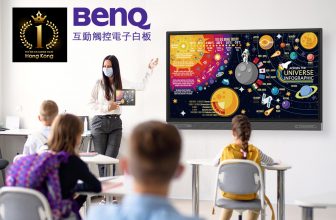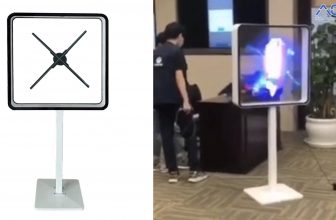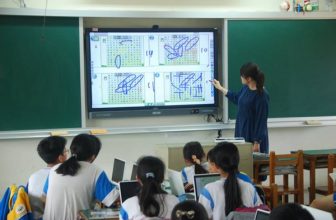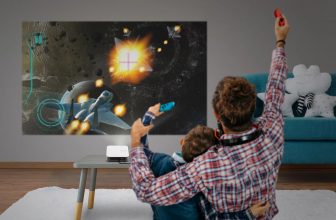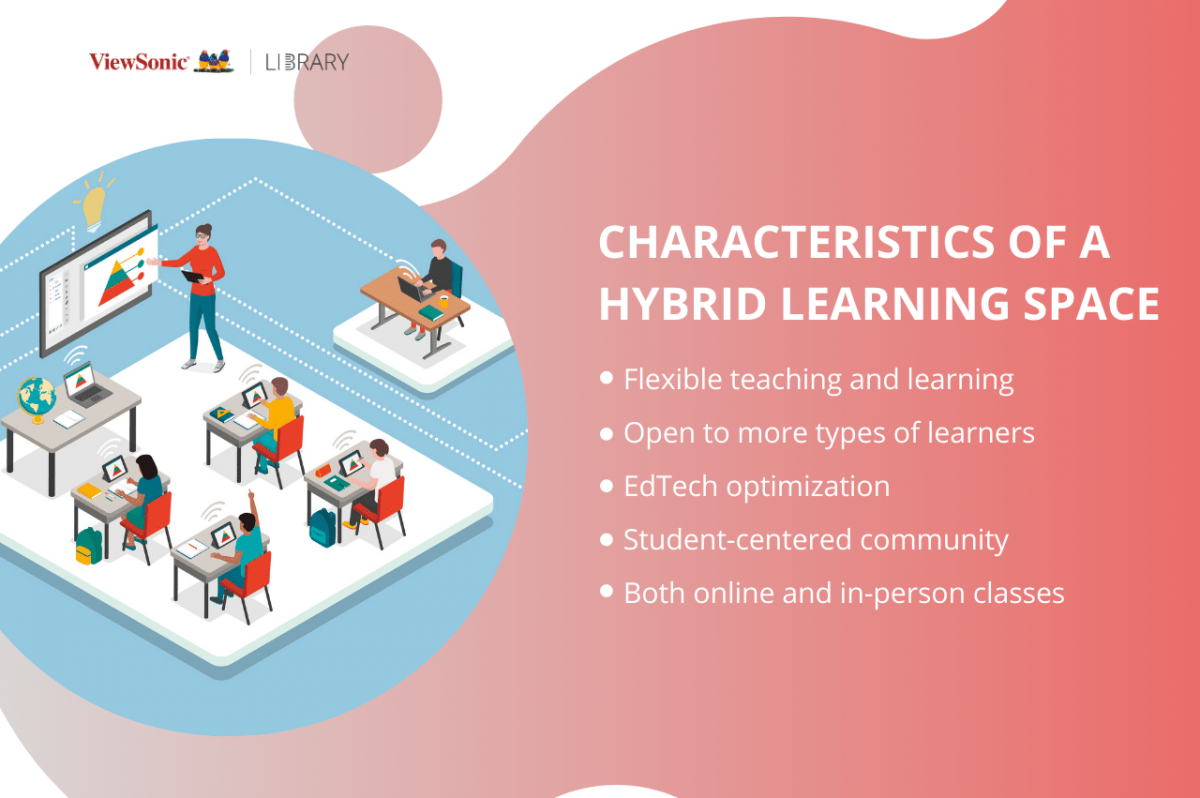
Compound learning is quickly becoming one of the most practical teaching methods, but this does not mean that traditional teaching strategies should be abandoned. Due to the diversity and flexibility of compound learning, teachers can still easily apply traditional teaching strategies in a compound environment to ensure the best classroom results.
However, if you are not sure how to achieve the above goals, please refer to the following 12 practical methods to effectively assist you in optimizing the compound learning space in combination with traditional teaching strategies.
Read on to learn how to optimize the compound classroom environment through practical compound teaching techniques, or view ViewSonic’s education solutions to learn more about how to use compound learning strategies to create an integrated classroom experience.
Compound teaching is not difficult. In fact, as a teacher, you may already have a little knowledge of most of the teaching methods discussed in this article. However, how to apply these methods to the compound learning space may be difficult.
These 12 teaching methods ensure that the learning space of students can be optimized in an easy-to-understand way, whether face-to-face or remote students can get an interesting classroom experience.
What is compound learning?
Compound learning is a kind of mixed learning, which refers to the implementation of synchronized courses and teaching on-site and online students at the same time.
The beauty of compound learning is that it can take into account both students who need face-to-face guidance and those who want to learn more flexibly. Compound learning can integrate and apply different teaching strategies without causing too much burden on teachers and students.
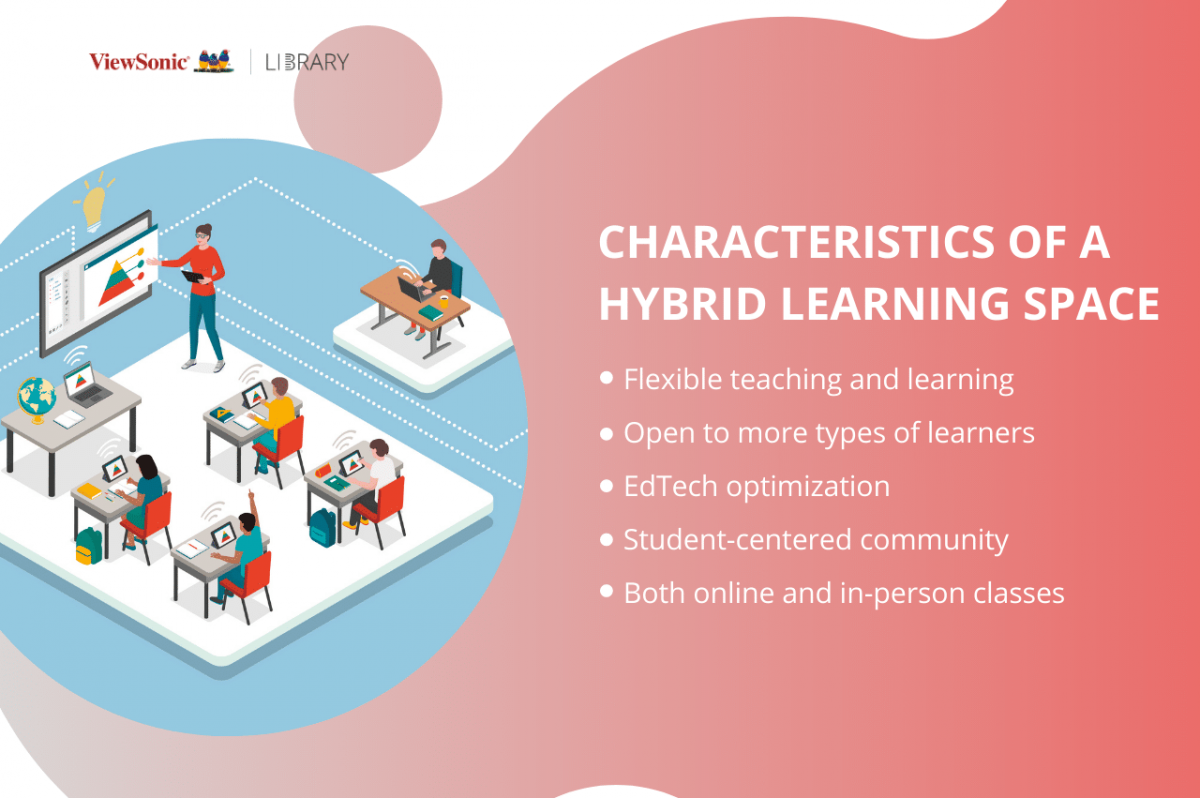
The compound teaching strategy of compound learning space
Compound teaching is not only about using a new technology, you must also understand what is an effective way to use it! If you have the right technology, many traditional teaching methods are very suitable for a compound learning environment.
Direct teaching method
Direct teaching method is a well-known and practice-tested teaching form. This method is completely teacher-centered, using plain language to explain concepts to students, interspersed with a few questions and prompts.
It is very simple to use this strategy for compound teaching. You only need a projector, a computer and a webcam to do it. The focus here is to ensure that teachers take the leading position at the core in all forms (whether it is video, face-to-face, or both simultaneously). Continue to use simple and clear language to explain all concepts and learning goals.
Active learning
Active learning is an entertaining teaching strategy. Students can develop social, physical interaction and critical thinking skills in game tasks. These game activities can be led by teachers or led by students. The scope includes the use of self-imagining situations with the help of imagination or the use of teaching toys that are oriented towards a certain goal.
One of the best ways to adopt game-based learning strategies in compound learning courses is to encourage students to participate in activities through smart interactive whiteboards such as tablets or ViewBoard. Interactive displays are also very helpful in gamification of learning objectives to increase student participation in learning. Classtools.net is one of the options for obtaining rich resources online, allowing you to incorporate more games into your courses.
Play-based learning
Although it is called game-based learning, it is not simply gamification. Game-based learning involves the use of physical games such as board games, computers, and sports in the classroom. This learning method involves the use of Clue, Minecraft, and various other games to promote critical thinking skills or simple concepts.
Game-based learning is very easy to implement in a compound learning space. Many websites (such as Safe Kid Games) offer easy-to-understand games, ranging from educational to pure entertainment! Please be sure to provide students with safe learning resources based on learning goals! Many games are collaborative in nature. Peer to Peer (P2P) servers are used to allow two or more students to connect to the same game.
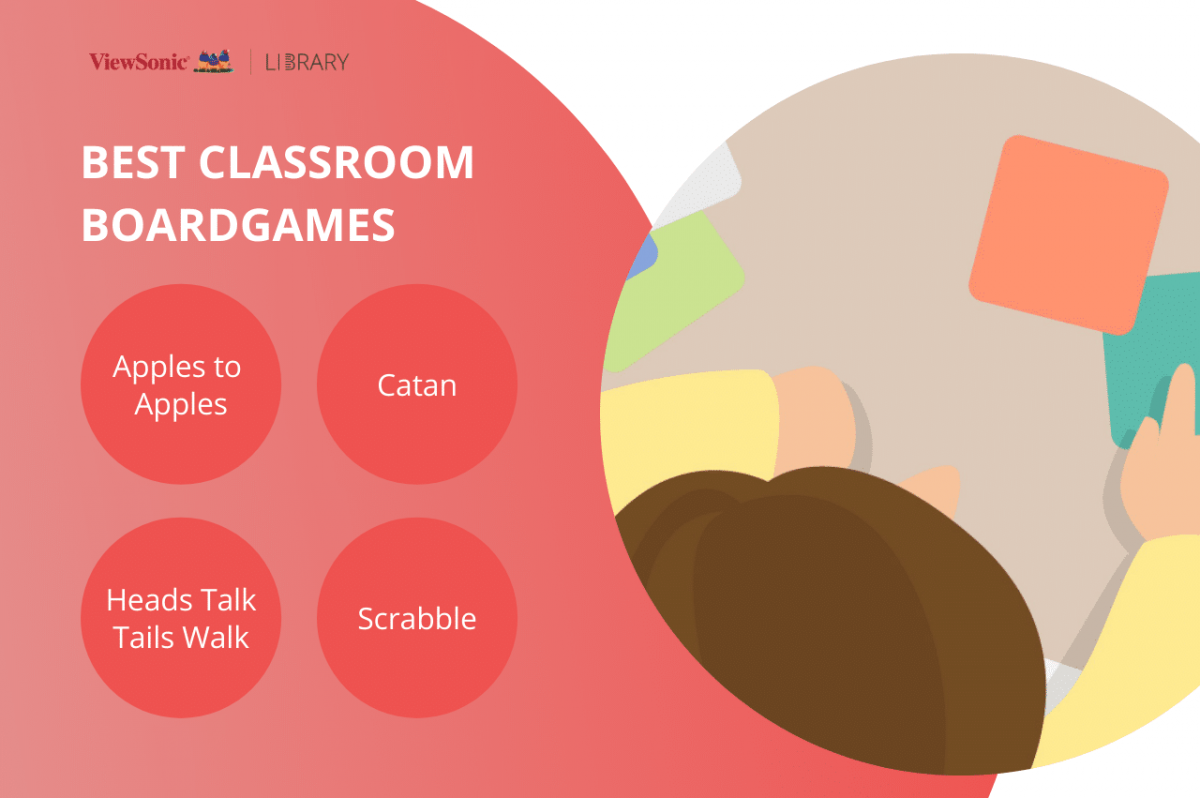
Prompt Teaching Method
Prompt teaching method uses guiding questions and suggestions to assist students in obtaining correct answers. The purpose of giving hints is to challenge students to go beyond the scope of their learning goals, not to fill too many supplementary materials.
Just like the direct teaching method, the classroom setting does not have to be too complicated. However, it is not necessary to only focus on the teacher when giving reminders. You can try to use a computer or tablet to match the students in the classroom with the students who teach remotely, and let everyone remind each other on the topics in the teaching guide. You can also try different prompts, such as playing with hands.
Model teaching method
Demonstration teaching method means that the teacher shows the students how to complete the task by breaking down the steps. The most common form of demonstration teaching method is mathematical equation or step-by-step teaching.
Thanks to the new advanced software, the demonstration teaching method and compound learning have been used in combination with outstanding results. Regardless of whether students are teaching on-site or remotely, they can use free software such as Gravit Designer and Canva to create their own graphics, formulas, AR experiences and more! All you need is a computer or smartphone, and the required software.
Cooperative learning
Cooperative learning involves letting students solve problems or find answers together. Remember, the main point of cooperative learning is not competition, but to achieve common goals. If teachers want to do more student-led activities, then cooperative learning is an ideal solution.
Cooperative learning is very suitable for a complex environment because it encourages interaction between the classroom and remote students. Social interaction is important for active learning, so through cooperative activities such as games, research tasks, and joint notes, all students can participate in the learning process.
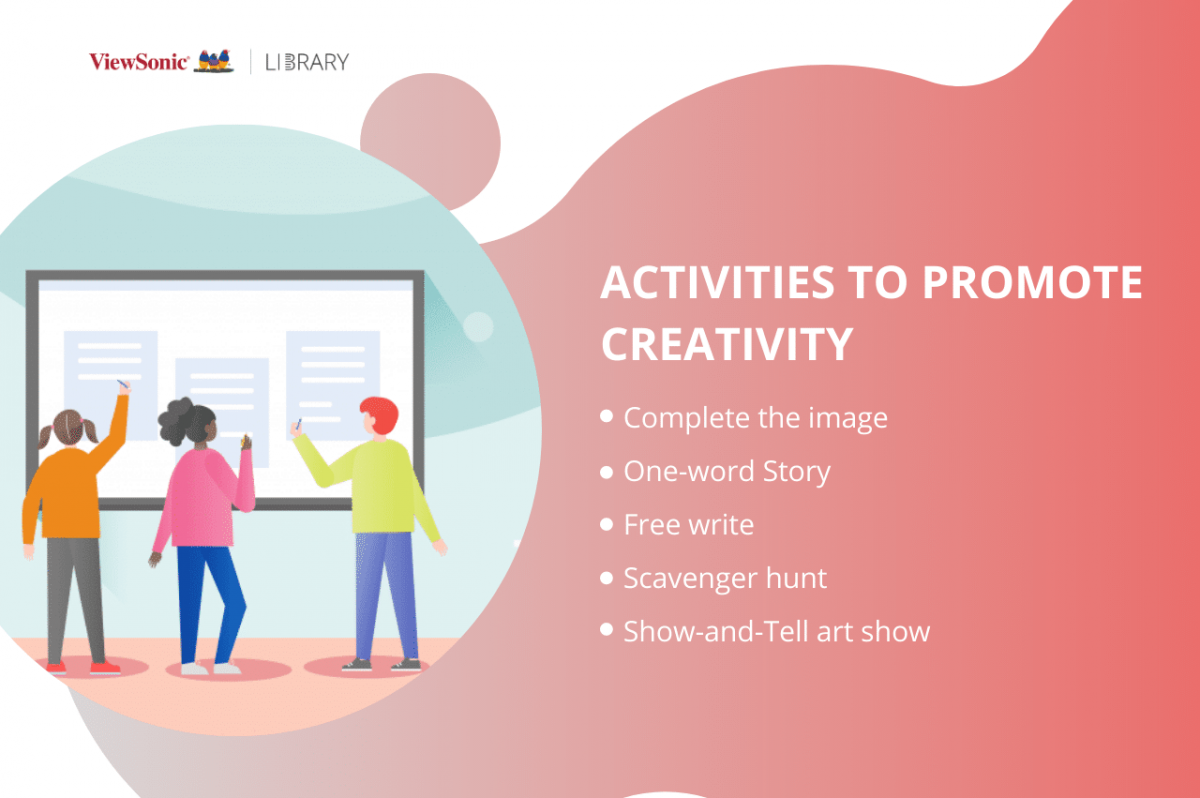
Service learning method
Service learning is a strategy that allows students to engage in community volunteer services to achieve learning goals or learning outcomes, which may also include internships or other non-class activities.
Service learning can be mixed with compound learning, and in fact, there is no need for any technical teaching aids at all! (Except when students return to school to share their experiences). Each classroom or remote student can go to a different organization for services, and can also pair different groups with each other.
Think, match, share
Thinking, matching, and sharing strategies include asking students to think about a topic, then pairing them into groups, and exchanging ideas with teammates. Thinking, matching, and sharing are practical strategies that focus on student-led classroom teaching.
The teaching arrangement of thinking, matching and sharing is very simple. Since the main strategy requires less thinking time than group discussions or peer discussions, only microphones and video technology are required for all students. You can even use the communication function of your smartphone to enhance your personal style, or design a team competition, and let students use free websites (such as Poll Everywhere) to vote on the best ideas.
Two-minute briefing
The two-minute briefing method involves giving students two minutes (or any time limit you specify, but preferably less than two minutes) to give quick, informal oral presentations on specific topics. It can be a learning experience, or a new thing they have learned on their own.
To use this strategy, you only need to ask students in the classroom to come to the front of the classroom, or have remote students synchronize on the screen, so that even if they are not on site, they can still be in a dominant position in the classroom. Please keep in mind that some students may be in a noisy environment, so asking other students to mute the microphone will help everyone hear the host’s voice more clearly.
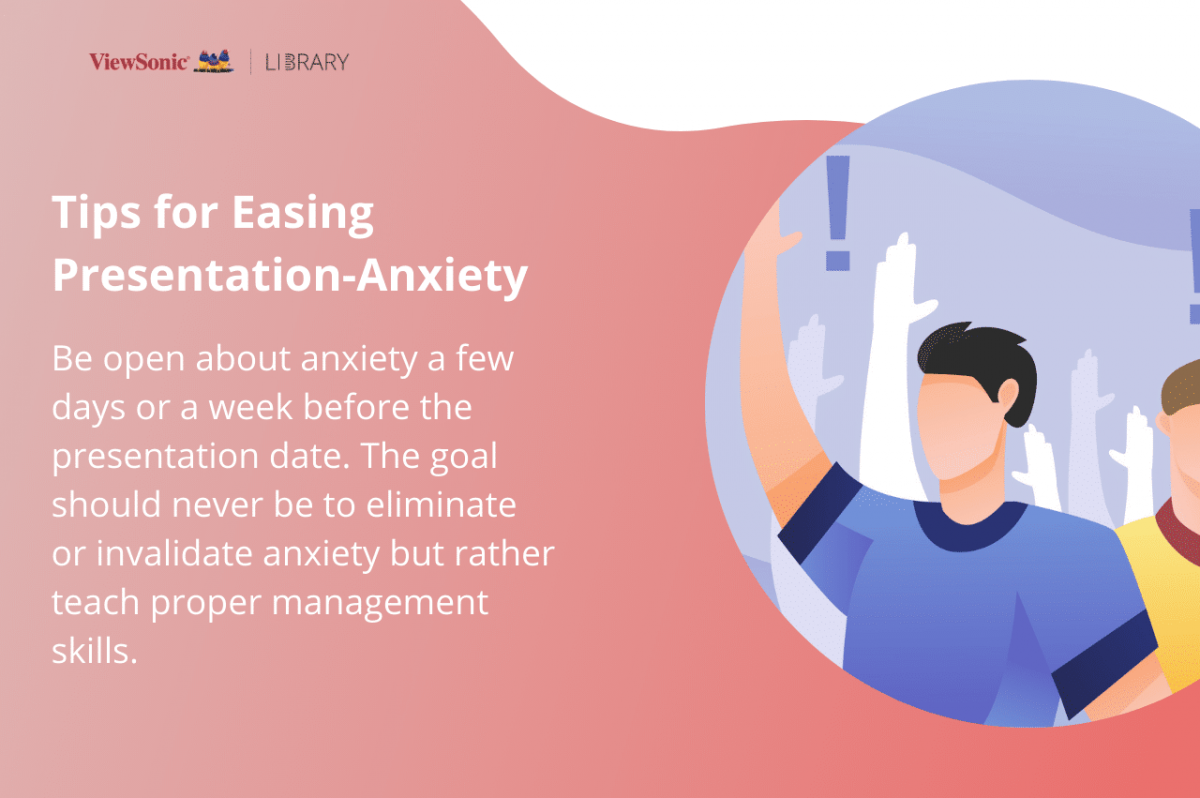
Fish tank teaching method
The strategy of the fish tank teaching method is to invite a small group of students to form a circle, while the other students in the class form a circle outside the group. Fish tank teaching is a bit like thinking, matching, and sharing, but it focuses on dividing students into inner and outer circles. Students in the inner circle discuss topics, and students in the outer circle play the audience (only a small amount of participation) until the end of the inner circle discussion time.
To modify the fish tank method for compound learning, you may not need to focus too much on the planning and design of the actual classroom environment. Instead, consider dividing students into two groups. For example, the students in the “fish tank” can be in class, while the remote students act as the outer audience, and vice versa. You can also let the students in the “inner circle” hold an object of a certain color, while the students in the “outer circle” take an object of another color to mix.
Peer-assisted learning
The peer-assisted learning strategy is that teachers retreat to the second line and let students be responsible for the management of the learning environment. Peer-assisted learning strategies can be used in many ways. Students can propose answers to potential questions, conduct group or individual research, or debate ambiguous answers.
When using peer-assisted learning strategies in a composite environment, you can provide different learning goals for distance students and classroom students, allowing students to teach with each other or group by themselves. You can also use lesson plans such as riddles or study guides, where students must pair or work in groups to find answers.
Brainstorming
The brainstorming method requires students to come up with preliminary ideas for problems, rather than constructing themes or learning goals with the help of hints or prior knowledge. Brainstorming is one of the core elements of students leading the classroom.
With collaboration software such as myViewBoard, brainstorming will be possible in an unprecedentedly relaxed way. Through the perfect integration system, both classroom students and remote students can brainstorm and share documents in a collaborative way. In addition, storing common notes in a secure shared cloud allows students to gradually construct their own ideas as the semester progresses.
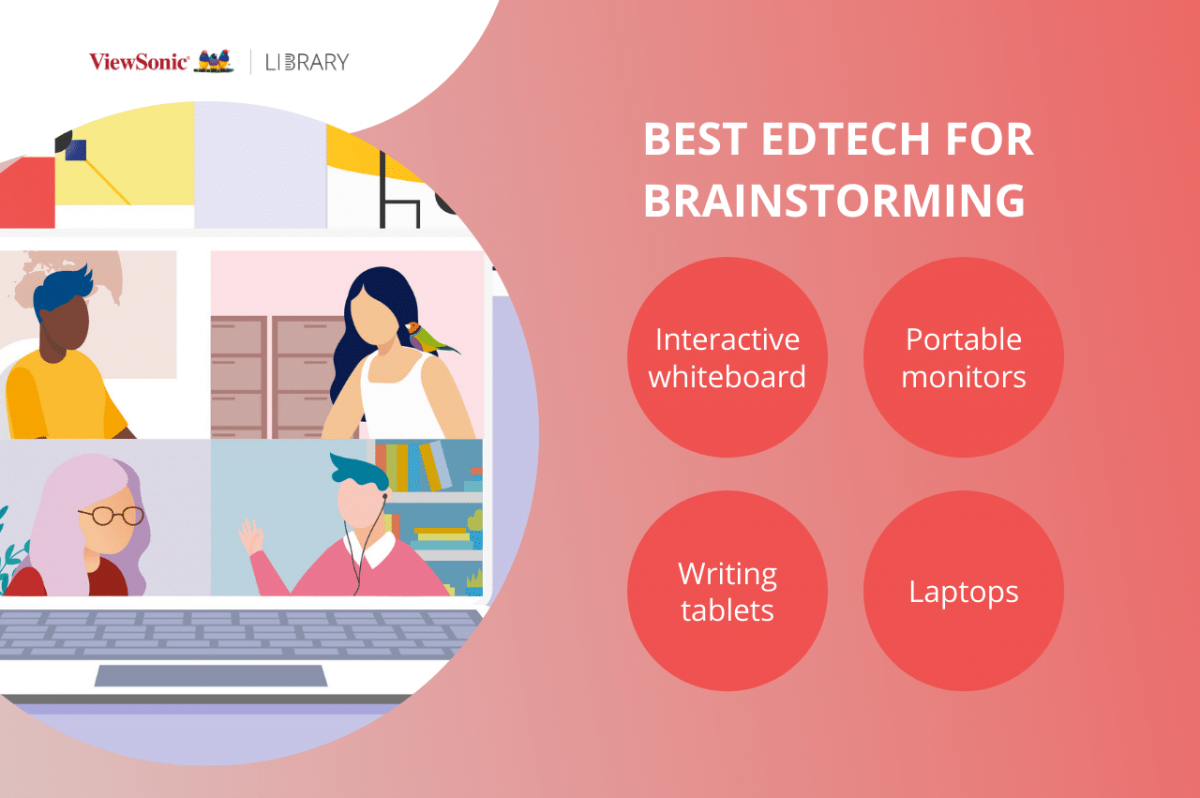
Final advice on compound teaching
Compound teaching has great potential because you can use more than the 12 teaching methods described in this article. If you think another strategy is more suitable for your classroom, then try it! This is the magic of compound learning, which can flexibly respond to the needs of various courses.


